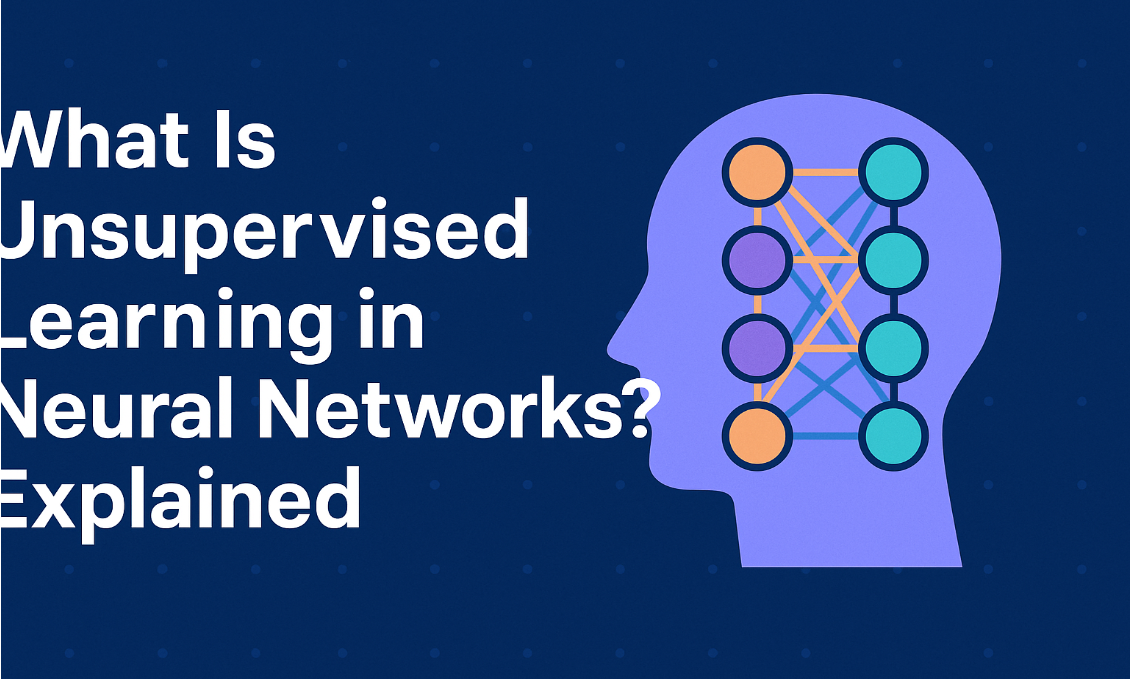
Introduction to Genetic Algorithms (GA): A Comprehensive Guide
In a world where finding the best solution to complex problems can be like finding a needle in a haystack, Genetic Algorithms (GAs) stand out as a powerful, innovative approach. Inspired by the principles of natural evolution, GAs mimic biological processes like selection, crossover, and mutation to evolve better solutions over time. This comprehensive guide explores everything you need to know about Genetic Algorithms — from their history to their practical applications.
What Are Genetic Algorithms?
A Genetic Algorithm is an adaptive optimization technique that simulates the process of natural selection. By generating, evaluating, and evolving a population of candidate solutions, GAs seek out high-quality answers to difficult search and optimization problems. The process relies heavily on selection of the fittest individuals, combination of good traits, and occasional random mutations to keep the search dynamic and diverse.
History of Genetic Algorithms
The concept of Genetic Algorithms was pioneered by John Holland in the 1970s at the University of Michigan. Holland aimed to understand the principles of natural adaptation and apply them to computational problem-solving. His work laid the foundation for a new class of algorithms. Over time, students like David E. Goldberg expanded the field, applying GAs to complex engineering and optimization challenges and establishing them as a core part of evolutionary computation.
How Do Genetic Algorithms Work?
The working of a Genetic Algorithm typically follows these steps:
-
Initialization: A random population of solutions is generated.
-
Evaluation: Each solution's performance (fitness) is assessed.
-
Selection: High-performing solutions are selected as parents.
-
Crossover (Recombination): Parents combine their traits to create offspring.
-
Mutation: Random alterations are introduced to maintain diversity.
-
Termination: The process continues until a satisfactory solution is found or a maximum number of generations is reached.
This cycle ensures continuous improvement, gradually steering the population towards optimal or near-optimal solutions.
Key Components of Genetic Algorithms
-
Population: A collection of candidate solutions.
-
Chromosomes: Encoded representations of individual solutions.
-
Fitness Function: A measure of how well a solution performs.
-
Selection Mechanism: Strategies like roulette wheel selection or tournament selection to choose parents.
-
Crossover Operator: A method to combine two parents into offspring.
-
Mutation Operator: A mechanism to introduce random changes.
Applications of Genetic Algorithms
GAs are incredibly versatile and are used across multiple domains, such as:
-
Optimization Problems: Traveling Salesman Problem, Knapsack Problem, scheduling tasks.
-
Machine Learning: Feature selection, hyperparameter tuning, model training.
-
Engineering Design: Aerodynamic designs, structural optimization.
-
Finance: Portfolio optimization, risk management.
-
Robotics: Path planning, autonomous behavior learning.
Advantages of Genetic Algorithms
-
Global Search Ability: Capable of exploring a broad solution space without easily getting stuck in local optima.
-
No Derivative Required: Useful for problems where mathematical gradients are unavailable or impractical.
-
Parallel Processing: GAs naturally lend themselves to parallelism, speeding up computations.
-
Flexibility: Effective in solving both simple and complex problems, including non-linear and multi-modal landscapes.
Disadvantages of Genetic Algorithms
-
High Computational Cost: Evolving large populations can be resource-intensive.
-
Premature Convergence: Without enough diversity, solutions may stagnate at suboptimal points.
-
Parameter Tuning Needed: Performance depends on fine-tuning settings like mutation rates and population size.
-
Approximate Solutions: GAs usually deliver near-optimal results, but not exact solutions.
Genetic Algorithms vs. Traditional Optimization Methods
| Feature | Genetic Algorithms | Traditional Methods |
|---|---|---|
| Search Space | Global search | Local search |
| Derivative Information | Not needed | Often required |
| Convergence Nature | Probabilistic | Deterministic |
| Solution Type | Approximate | Exact |
| Best Use | Complex, nonlinear problems | Simple, well-defined problems |
A Practical Example: Solving the Traveling Salesman Problem
Problem: Given a list of cities, find the shortest route that visits each city once and returns to the starting city.
GA Approach:
-
Representation: Each individual represents a possible route as a sequence of cities.
-
Fitness Function: The total travel distance; shorter distances have higher fitness.
-
Selection: Best-performing routes are selected as parents.
-
Crossover: Combines parts of parent routes to generate offspring.
-
Mutation: Swaps two cities in a route to maintain diversity.
Over generations, the algorithm evolves to produce increasingly shorter routes, approximating the optimal path.
Conclusion
Genetic Algorithms offer a fascinating glimpse into how nature’s principles can solve some of the toughest problems in computing and engineering. Their ability to explore vast solution spaces, adapt over time, and tackle problems without needing derivative information makes them an essential tool for optimization across industries. Although they come with challenges, their benefits often far outweigh the limitations — making GAs a key player in the future of AI and intelligent problem-solving.
FAQs
Q1. What exactly is a Genetic Algorithm?
A Genetic Algorithm is an optimization method inspired by natural selection where the best solutions evolve over time through selection, crossover, and mutation.
Q2. Where are Genetic Algorithms used in real life?
GAs are used in engineering design, robotics, finance (for portfolio optimization), machine learning (feature selection), and logistics (route planning).
Q3. What are the strengths of Genetic Algorithms?
They excel at finding good solutions in large, complex search spaces and don't require derivatives, making them ideal for non-linear and unpredictable environments.
Q4. What are the weaknesses of Genetic Algorithms?
They can be computationally expensive, may converge prematurely to suboptimal solutions, and often need careful parameter tuning.
Q5. How are Genetic Algorithms different from traditional optimization methods?
Unlike traditional methods that focus on local improvements using derivatives, GAs perform global searches and can handle discontinuous, complex, or poorly defined solution spaces.
Suggested Comment for Readers
Have you ever used Genetic Algorithms in a project? Which application of GAs fascinates you the most — optimization, machine learning, or robotics? Share your thoughts, experiences, or questions below! Let's discuss!








